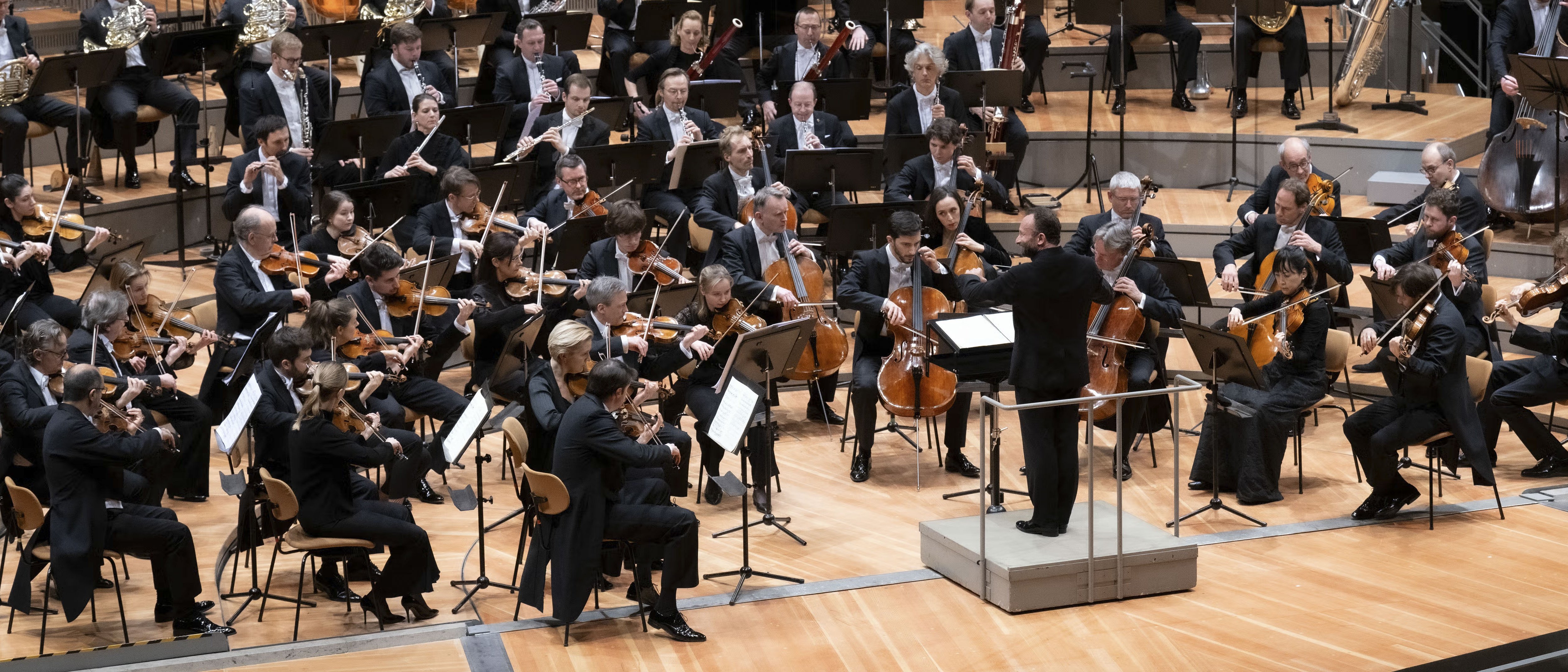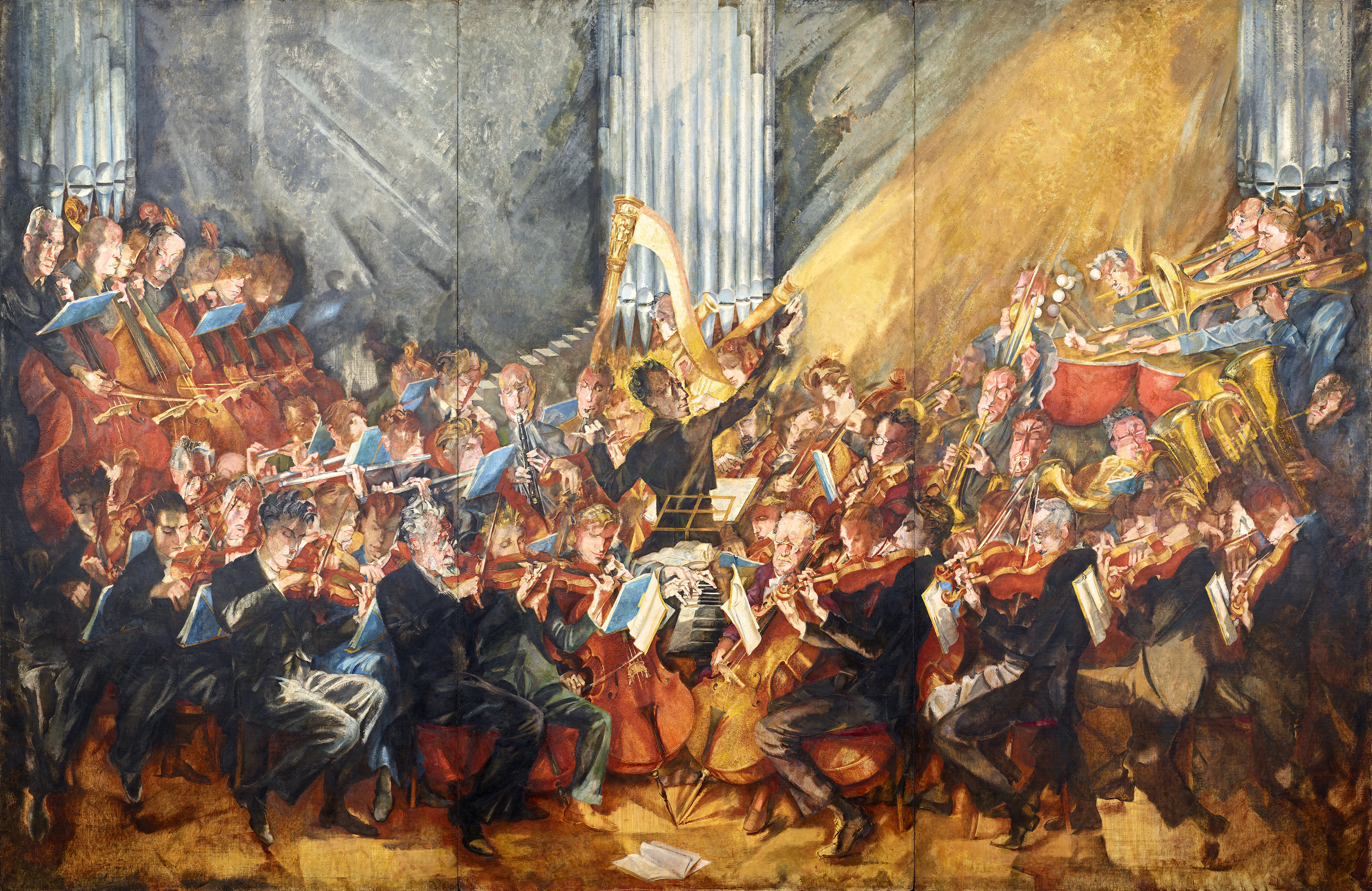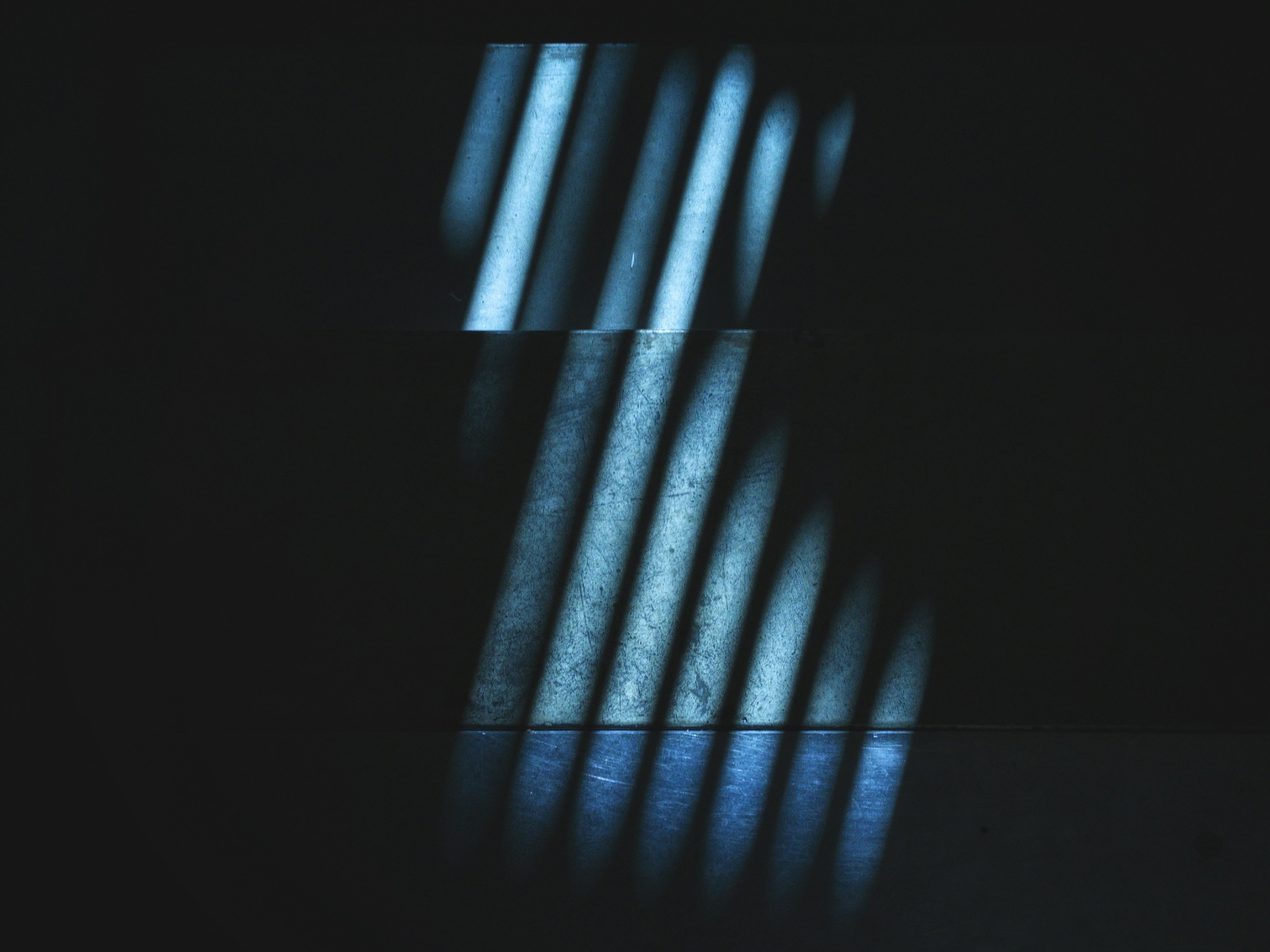The “first Dutilleux”
Although Dutilleux did not suppress or even destroy his early creations, his official catalogue of works does not begin until 1948, with his Piano Sonata. However, the “first Dutilleux”, with a claim to validity and distinctiveness, was his Symphony No. 1: “It was written three years after the sonata, and I have tender feelings for it, like a child that you would never want to reject.”
Unlike his later, far more famous compositions, which he wrote for the Cleveland Orchestra and George Szell, the Boston Symphony and Seiji Ozawa, and for Mstislav Rostropovich, Isaac Stern and Anne-Sophie Mutter, he created this symphony without a commission, his “first important score”, the beginning of a “new stage”.
Initially, however, in the 1950s, this led to a marginalised existence: “That is often an uncomfortable position, but you can also draw strength from this feeling of loneliness,” he said of the time. While the symphony was soon performed in Germany, conducted by Hans Rosbaud and Ferenc Fricsay, Dutilleux was still, as he said, “a young musician who seemed to be swimming 'against the tide' when the first electro-acoustic experiments and, on the other hand, the renaissance of the Viennese School with the return of major works by composers who had long been excluded from the programmes, drew attention to themselves”.
Against the tide of serialism
However, from a distance of years, this elegant formulation obscures the extent to which Dutilleux actually suffered under the dominance and power of opinion of the post-war avant-garde, when twelve-tone technique and its radicalisation, “serial music” (in which the musical parameters are determined by series of numbers), were elevated to the gold standard of Modernism.
Dutilleux felt excluded from the “serialist clan”; he complained about the “terror of serialism”, and “a veritable tyranny and a new academicism”. This marginalisation also brought with it everyday financial hardship and disadvantages: Dutilleux was only able to make a living from his art late in life. “Until I was 55 or 60 years old, I had no choice but to work part-time to keep my head above water,” he said.
Timelessly modern
At first glance, Dutilleux’s 1951 symphony seems almost provocatively old-fashioned. It begins, as Brahms’ Fourth ends, with a passacaglia: with variations on an ostinato (stubbornly maintained) bass of four bars, which is repeated 35 times, with a constantly changing superstructure. But this strict Baroque style of composing over a solid foundation, which directs the music from the depths and dominates it like a fateful spell, was neither modern nor unfashionable. It was simply timeless.
Other contemporary composers such as Benjamin Britten and Dmitri Shostakovich also clung to the passacaglia like a ritual or a sacred constraint that allowed them to hone their freedom. In his First Symphony, Dutilleux also wrote a finale “con variazioni” and an “intermezzo” preceding it, which reverses the direction, and takes the theme not as the starting point, but as the goal of the changes, transformations and metamorphoses. And just as between the chapters of a novel, the figures and motifs in this symphony move from one movement to the next, appearing, disappearing and returning when you least expect them.
Dark, extravagant music
Dutilleux creates dark, extravagant music for the opulently-scored orchestra, enriched by xylophone, vibraphone, glockenspiel, celesta and piano; he sets off on a fantasy journey through unheard-of sound spaces and mysterious dreams, crossing over to the other, hidden, nocturnal side of existence. And then he unleashes literally breathtaking music of incredible tension and drama; time flies by, and it is no wonder that this score has also been repurposed as a soundtrack for the cinema.
Henri Dutilleux, who died in Paris on 22 May 2013 at the age of 97, only found his way into the Berliner Philharmoniker’s repertoire late, and rarely. But when Simon Rattle premiered the Correspondances in 2003, with poems and quotes from letters by Rilke, Mukherjee, Solzhenitsyn and Van Gogh, which Dutilleux had set to music for soprano and orchestra, something like a deep, Indian summer-like friendship developed. In January 2024, the Philharmoniker will perform the First Symphony, the “first Dutilleux”, for the first time with their chief conductor Kirill Petrenko. After all, life is full of discoveries, and, like the music of the brilliant French composer, wonderfully multifaceted.




